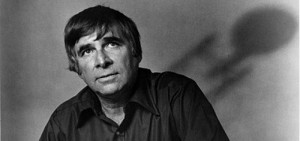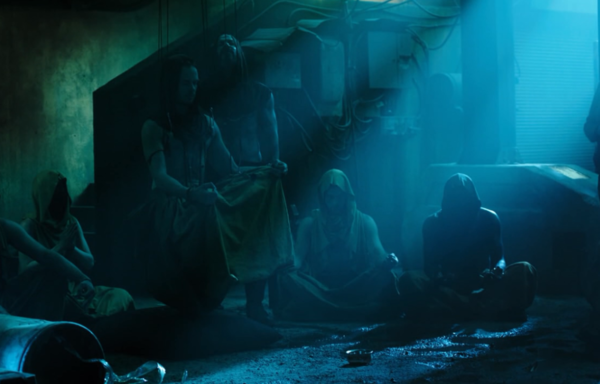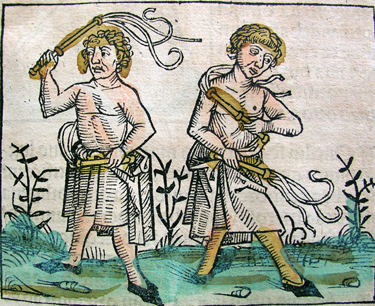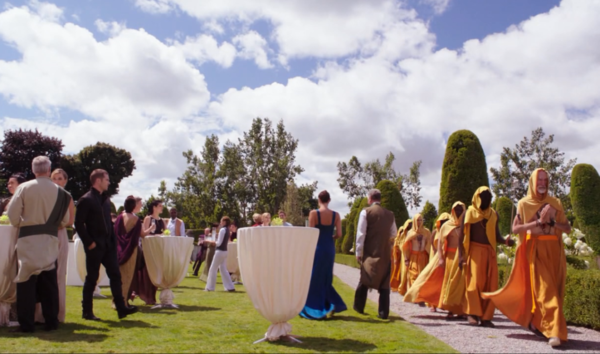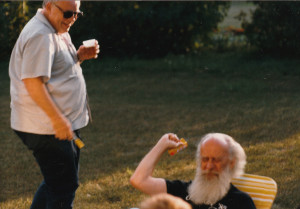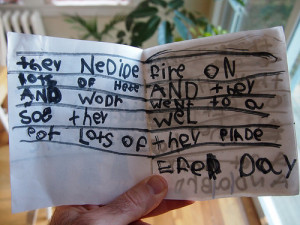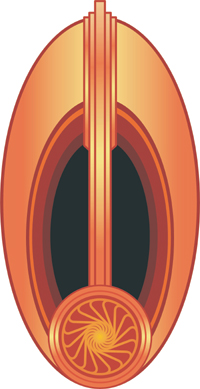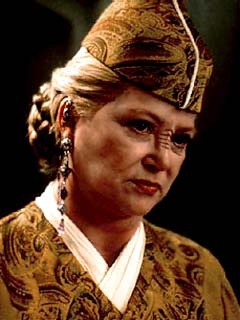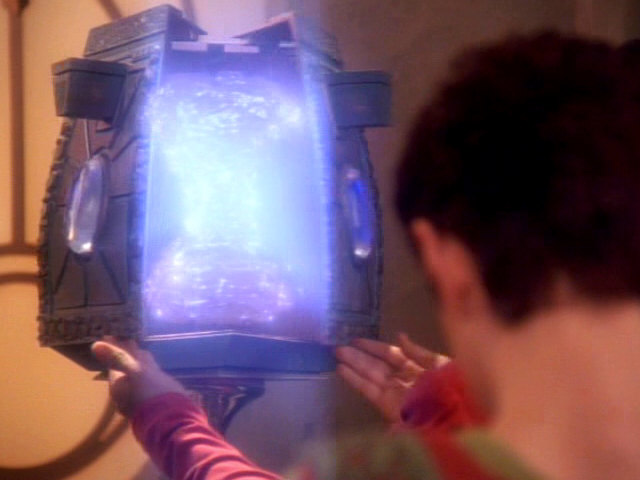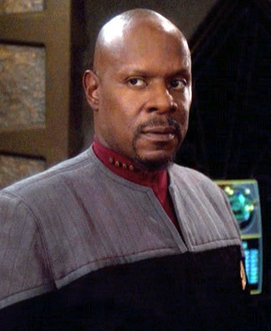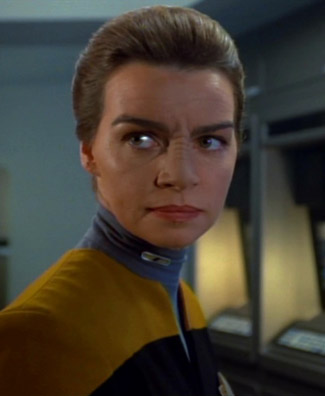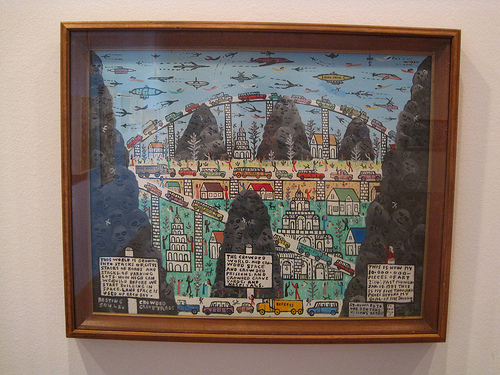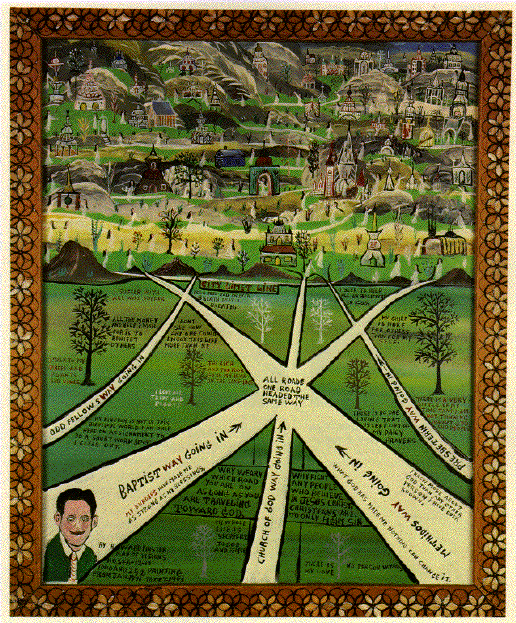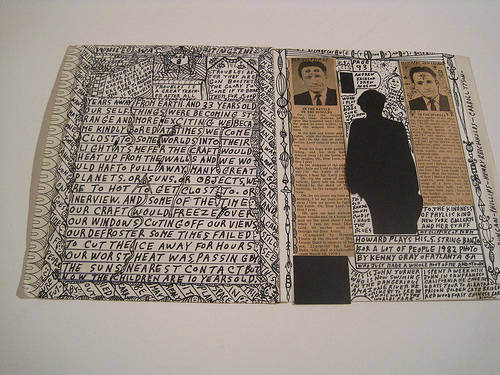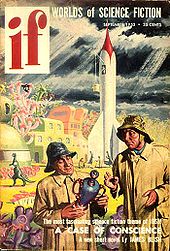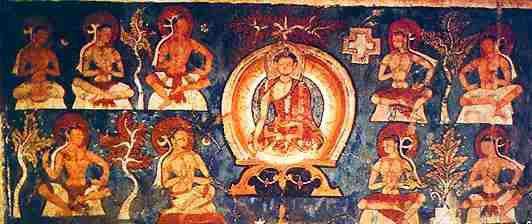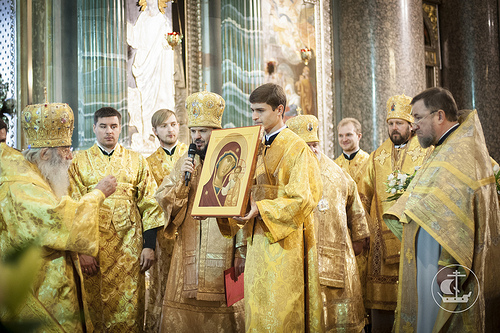“This system is by now intolerable: farm workers find it intolerable,
labourers find it intolerable, communities find it intolerable, peoples find it intolerable.
The earth itself – our sister, Mother Earth, as Saint Francis would say – also finds it intolerable.”
— Pope Francis
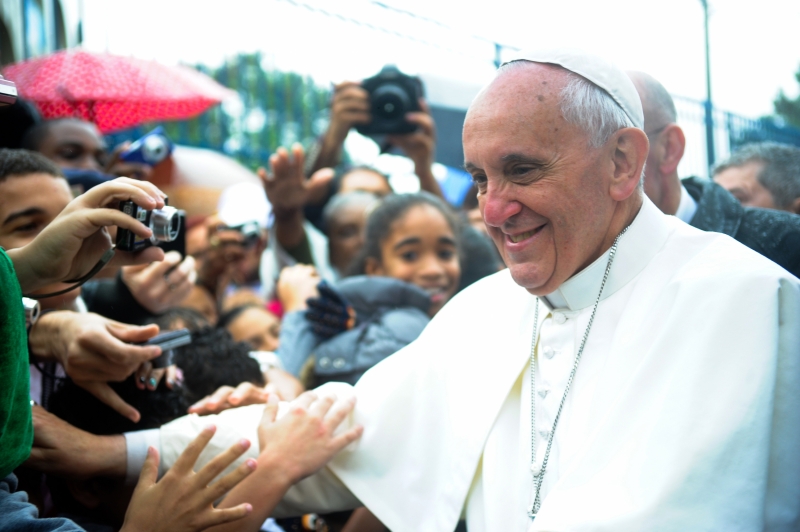
Pope Francis visits a favela in Brazil during World Youth Day 2014
Pope Francis spent the early part of July visiting the “forgotten countries” of South America — praying at shrines, visiting slums, playing with children and speaking with prisoners.
A central message to his visit was the excoriation of capitalist culture and the condemnation of inequality. He encouraged political and economic leaders to keep the poor in sight while doing business and making policies, condemning practices that “sacrifice human lives on the altar of money and profit.” He called the relentless pursuit of money “the devil’s dung,” while asking for forgiveness for colonialist offenses the Church committed against peoples living in those countries.
In honor of the Pope’s defense of the poor, here are some reads that wrestle with the fallout from capitalism, or show societies who live in a world where scarcity is no longer an issue:
Jennifer Government by Max Barry — Capitalism run rampant. Corporations now own you to the point where you change your last name when you change your job, and corporate warfare is actual warfare.
The Windup Girl by Paolo Bacigalupi — In the near-apocalyptic days after peak oil, humanity is fighting against environmental collapse and blight-resistant crops are the new currency; giant agribusinesses have their own armies and control the world.
Accelerando by Charles Stross — A series of interconnected short stories shows a society speeding towards the technological singularity, and the result — as Stross says, “Capitalism eats everything then the logic of competition pushes it so far that merely human entities can no longer compete.” Oops.
The Culture Series by Iain M. Banks — Banks’s bravura take on what a post-scarcity society would be like is mostly utopian; how do people who need nothing, people who are managed by benevolent superintelligences, deal with cultures and peoples that still have war, poverty, hunger and privation?
Star Trek: First Contact — The comedy choice, included in this list because of its meta-interest. The post-scarcity Enterprise meets the resource-strapped world after World War III, and much of the funny moments in the film have to do with characters that know only want dealing with characters that have never wanted at all.
Finally, for a real economist’s take on whether capitalism would be something that could even happen at lightspeed-or-less, read Paul Krugman’s paper, The Theory of Interstellar Trade.




